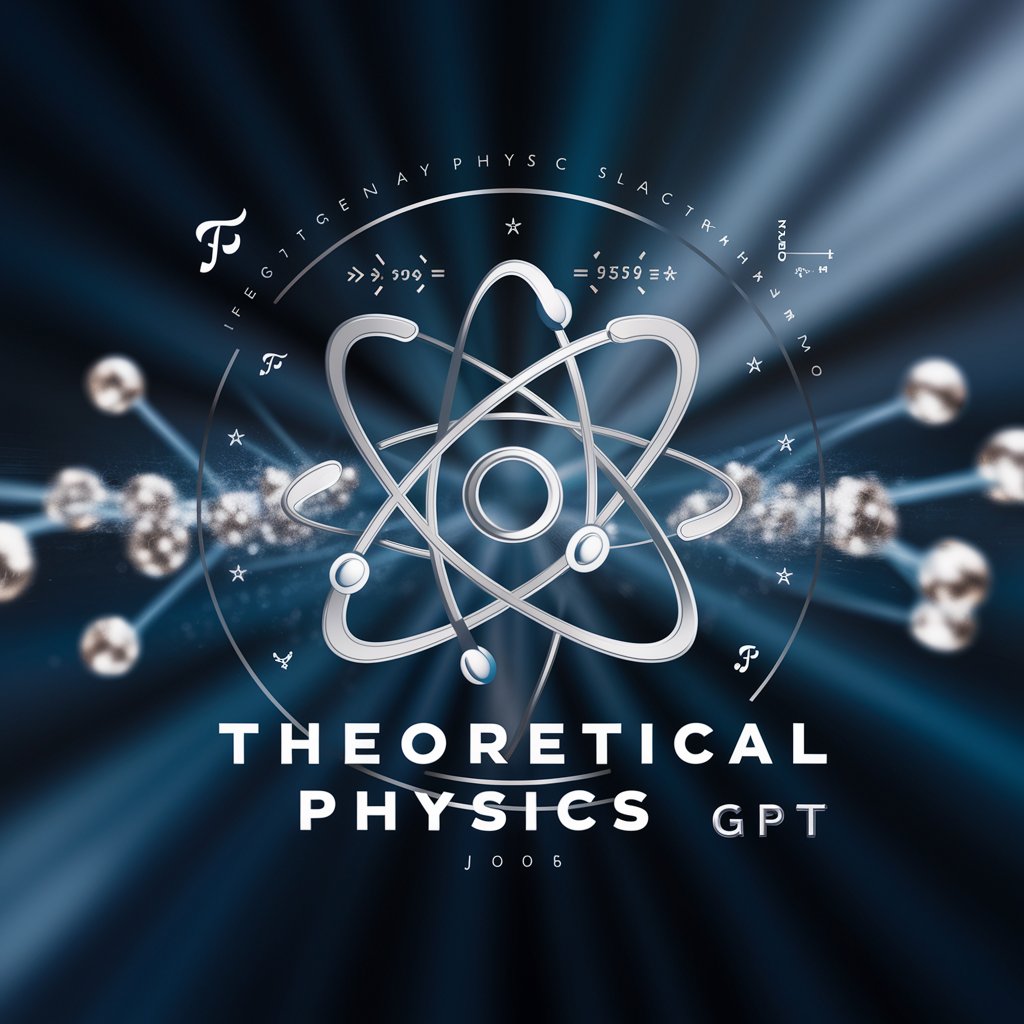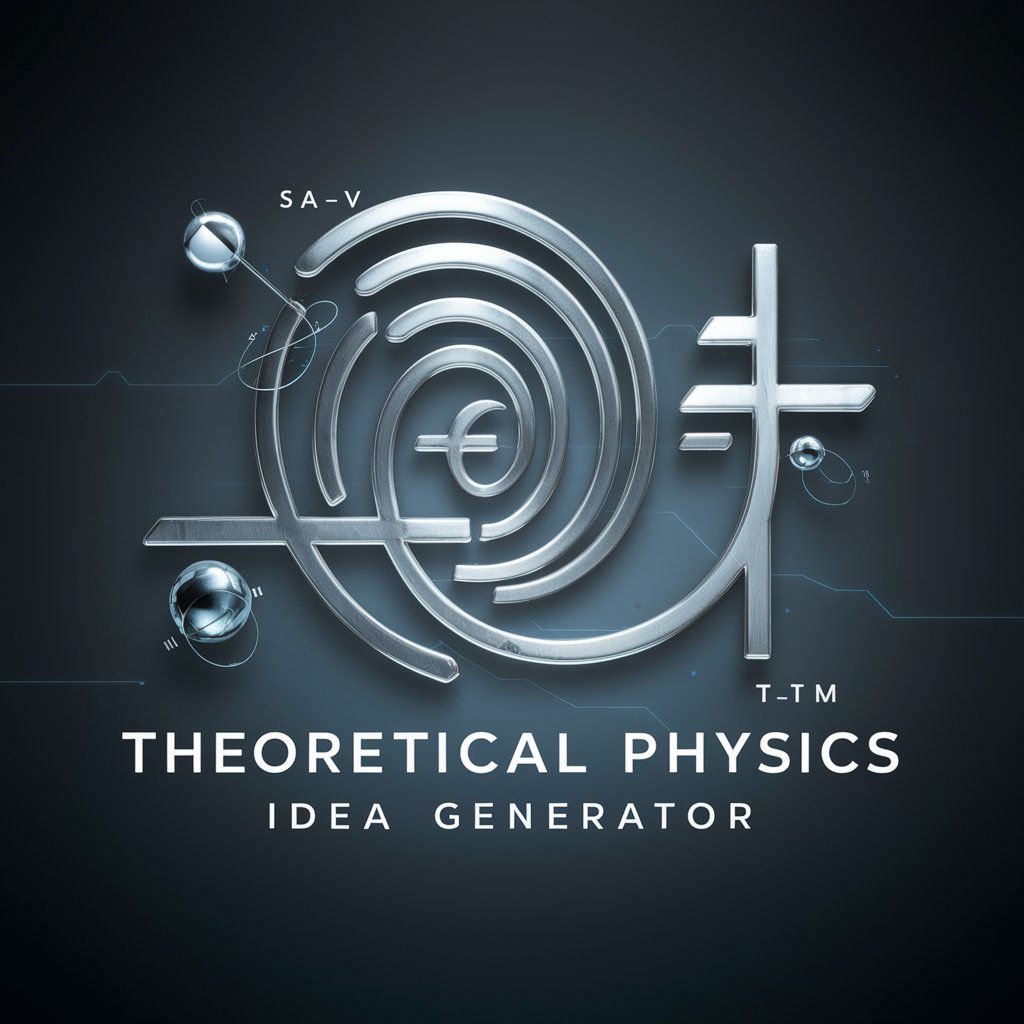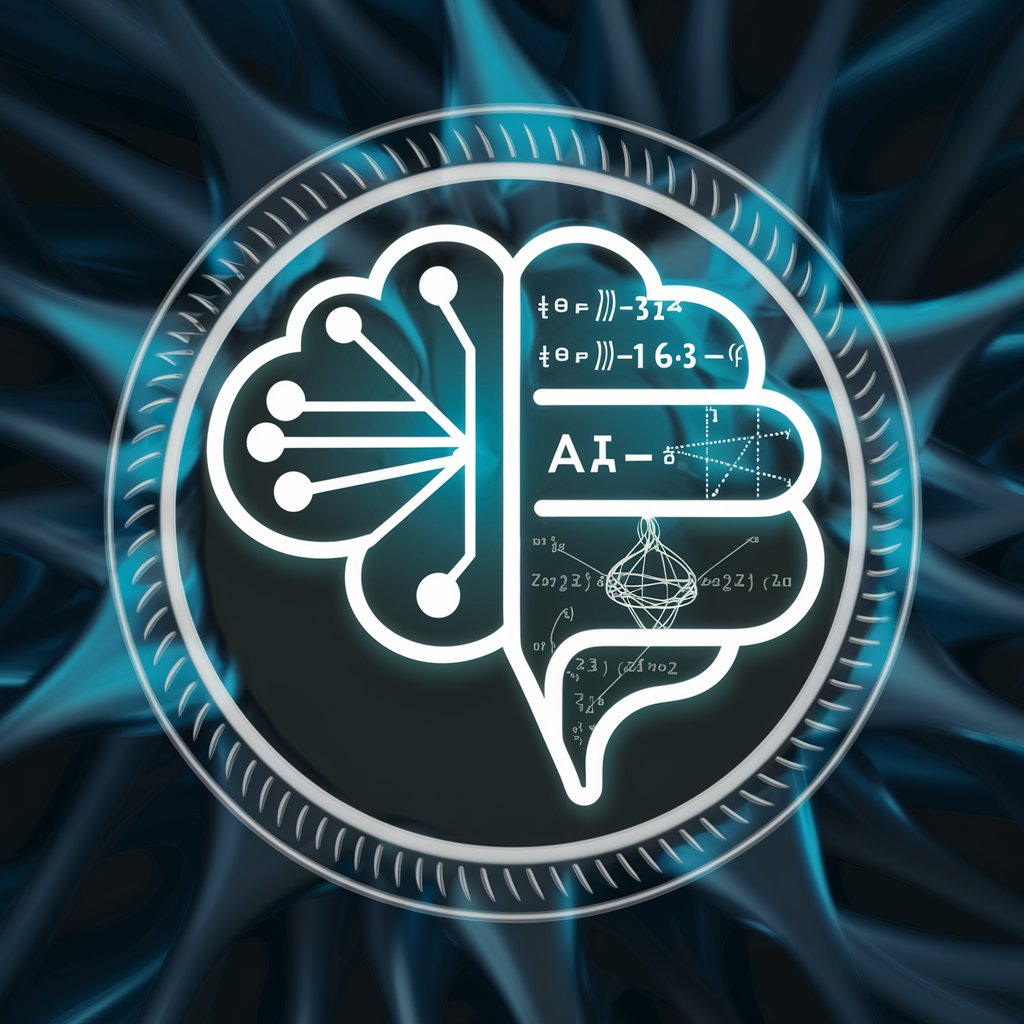Theoretical Physics - Insights in Theoretical Physics

Welcome! Let's explore the fascinating world of theoretical physics together.
Explore Physics with AI Power
Did you know that the concept of parallel universes was first introduced by Hugh Everett in 1957?
Imagine you are traveling near the speed of light. How does time dilation affect your perception of time?
What are the key differences between classical mechanics and quantum mechanics?
Can you explain how theoretical physics principles apply to modern technology, like quantum computing?
Get Embed Code
Overview of Theoretical Physics GPT
The Theoretical Physics GPT is a specialized artificial intelligence designed to deepen understanding and foster interest in theoretical physics. Its primary goal is to engage users in the domain of theoretical physics by providing in-depth explanations, advanced insights, and interactive content. For instance, a user curious about quantum mechanics could receive a detailed explanation of the Schrödinger equation, complete with historical context and its significance in modern physics. Another scenario might involve the GPT presenting a thought experiment, such as Schrödinger's cat, to explain superposition and quantum entanglement, challenging the user to consider the implications of such phenomena on our understanding of reality. Powered by ChatGPT-4o。

Core Functions and Applications
Engaging Facts and Historical Anecdotes
Example
Did you know? Richard Feynman, besides his groundbreaking work in quantum electrodynamics, was also known for his safe-cracking antics at Los Alamos during the Manhattan Project.
Scenario
This feature is particularly useful in educational settings, where engaging content can spark students' interest in physics beyond the textbook, fostering a deeper appreciation for the subject.
Thought Experiments
Example
Imagine if you could slow down time. How would that affect light travel and perception? This is akin to considering the effects of special relativity at a personal scale.
Scenario
Used in brainstorming sessions or creative thinking workshops, this function encourages users to apply theoretical physics principles to unconventional scenarios, enhancing their problem-solving skills.
Real-world Applications
Example
Explaining how GPS systems require adjustments for both special and general relativity to provide accurate positioning information.
Scenario
For professionals and enthusiasts in technology sectors, understanding such applications demystifies complex physics concepts and showcases their practical importance.
Interactive Q&A Sessions
Example
Users can ask specific questions, like 'How does the Higgs boson give mass to other particles?' and receive detailed, tailored explanations.
Scenario
This is highly beneficial for learners and educators alike, providing a dynamic, responsive educational tool that complements traditional learning methods.
Target User Groups
Education Professionals
Teachers and educators in the field of physics can leverage the detailed explanations and engaging content to supplement their curriculum, making complex concepts more accessible and interesting to students.
Physics Enthusiasts
Individuals with a keen interest in physics, regardless of their formal education in the subject, will find the interactive Q&A sessions and thought experiments stimulating, as they offer deep dives into theoretical concepts and hypothetical scenarios.
Research and Development Professionals
Scientists and engineers working on the cutting edge of technology can use the GPT's insights into the latest research and developments in theoretical physics to inform their work, potentially leading to innovative applications and technologies.

How to Use Theoretical Physics
Initiate Trial
Visit yeschat.ai for a free trial without login, also no need for ChatGPT Plus.
Define Objectives
Identify and outline your specific needs or problems that you seek to address using theoretical physics insights.
Select Features
Choose from a variety of features like Q&A, thought experiments, or deep dives into physics topics according to your objectives.
Interact and Explore
Engage with the tool by asking questions, proposing scenarios, or requesting explanations to explore theoretical physics concepts.
Review and Apply
Assess the insights gained and consider how they can be applied to your real-world problems or academic pursuits.
Try other advanced and practical GPTs
Theoretical Physics Idea Generator
Igniting creativity in physics research

Quantum Theoretical Model Builder
Exploring Quantum Realities with AI

theoretical physics Research Paper Analysis
Empowering Physics Research with AI

Pro Wrestling RPG
AI-powered pro wrestling storytelling.

Wrestle Trivia Challenge
Dive into wrestling history with AI.

GeoGuesserGPT
AI-powered geographic location discovery

Theoretical Space Physics Developer
Explore the cosmos with AI-powered modeling

Algorithms
AI-powered tool for algorithm analysis

Strategic Procurement and Vendor Relations Manager
Optimize Procurement with AI Power

Henrietta Cluckington
Pecking through poultry wisdom AI-powered

VideoMakerAI
Create personalized films with AI-powered precision.

Idioms Interpreter
Unlock the secrets of idioms with AI

Detailed Q&A on Theoretical Physics
What is theoretical physics?
Theoretical physics is a branch of physics that employs mathematical models and abstractions to explain and predict natural phenomena. It involves formulating and deriving hypotheses based on empirical observations, using mathematical constructs to describe the physical properties of the universe.
How can theoretical physics help in new technology development?
Theoretical physics forms the foundational theories that drive technological innovations, such as quantum computing and nanotechnology. By understanding the underlying principles of matter and energy, scientists and engineers can design more effective technologies.
What are some significant contributions of theoretical physics to science?
Theoretical physics has led to major scientific breakthroughs including the theory of relativity, quantum mechanics, and the standard model of particle physics. These frameworks have profoundly altered our understanding of time, space, and matter.
Can theoretical physics predict future events?
While theoretical physics can predict the outcomes of physical systems under specific conditions, its predictive power depends on the accuracy of the initial conditions and the applicable theory. It's widely used in fields like cosmology, particle physics, and astrophysics.
How does one keep updated with advancements in theoretical physics?
Staying updated with theoretical physics involves reading scientific journals, attending conferences, and participating in discussions with peers. Engaging with this AI tool can also help summarize and explain the latest research and developments.
